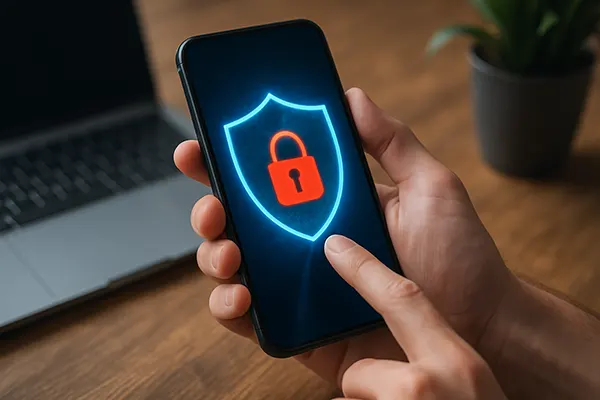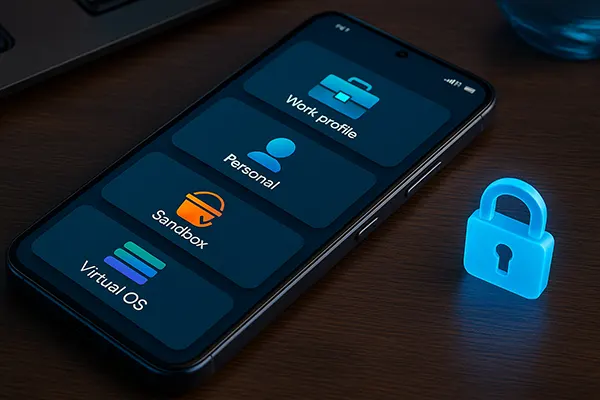How to Extend Your Smartphone Battery Life Without a Power Bank

Modern smartphones are powerful devices that we rely on for communication, work, entertainment, and navigation. However, their performance comes with a cost – high energy consumption. Many users find themselves running out of charge before the end of the day, especially when they are away from charging points. While a power bank is a common solution, there are effective ways to maximise your phone’s battery life without carrying extra gadgets. Below we will look at practical, real-life strategies that remain relevant in 2025.
Optimising System Settings for Longer Battery Life
One of the simplest yet most effective steps is adjusting your smartphone’s internal settings. Reducing screen brightness and using adaptive brightness can significantly cut down energy consumption. Since displays are the most power-hungry components, lowering their intensity has a direct impact on battery life. Additionally, switching to dark mode on OLED or AMOLED screens can conserve power by reducing the number of lit pixels.
Connectivity settings are another crucial factor. Features such as Bluetooth, Wi-Fi, and GPS drain energy when left enabled. Disabling them when not in use prevents unnecessary power loss. Modern smartphones also include advanced battery saver modes, which automatically limit background activity, reduce performance, and extend the time between charges.
Updating your device’s software is also beneficial. Manufacturers frequently release system updates that optimise power management. By keeping your smartphone up to date, you ensure access to the latest improvements that help the device run more efficiently.
Managing Background Processes and Apps
Background processes are often hidden yet consistent consumers of energy. Applications that refresh content, send notifications, or track location in real-time can quickly reduce available battery life. Checking app permissions and limiting background data usage are essential practices. In Android and iOS, users can review which apps consume the most power and take action by disabling unnecessary background activity.
Social media and messaging apps are typically among the most demanding in terms of background use. Restricting push notifications or scheduling updates at specific times instead of constant syncing reduces the burden on the battery. Regularly closing unused apps from the recent activity list also prevents them from running unnoticed.
Another helpful technique is uninstalling rarely used applications. Every installed app can run background tasks, even if not actively used. Removing them not only saves storage space but also contributes to better battery efficiency and smoother performance.
Practical Everyday Habits to Save Battery
Daily habits have a significant impact on how long your phone battery lasts. Keeping your smartphone at moderate temperatures helps preserve its charge. Extreme heat or cold accelerates battery drain and reduces long-term capacity. It is advisable to avoid leaving the device in direct sunlight, on car dashboards, or in freezing outdoor conditions.
Charging practices also matter. While fast charging is convenient, using it too frequently may generate excess heat. Slow charging when possible is a healthier option for maintaining long-term battery performance. Furthermore, keeping your phone’s battery level between 20% and 80% helps prevent unnecessary stress and extends the overall lifespan.
Another overlooked tip is controlling vibration alerts. Vibrations require a small motor that consumes more energy than simple sound notifications. Switching to sound-only alerts or disabling unnecessary vibrations can reduce power consumption without compromising usability.
Reducing Screen Time and Power Demand
Smartphone usage habits play a central role in energy consumption. Reducing unnecessary screen time by setting usage limits or enabling digital wellbeing features helps extend battery life. Most modern smartphones allow users to track daily screen time and adjust habits accordingly.
Video streaming and mobile gaming are particularly demanding activities. Lowering video resolution during streaming or playing in reduced graphics mode can prolong battery performance. For users who spend hours on mobile games, enabling “battery saver” modes available in many gaming apps is a practical approach.
Downloading content for offline use is another simple trick. Instead of streaming music or videos over mobile data, downloading them beforehand reduces both screen-on time and network-related power consumption. This method is especially useful when travelling or commuting.

Advanced Techniques for Power Efficiency
Beyond everyday adjustments, modern smartphones in 2025 offer advanced settings that help users maintain control over battery use. Many models now come with AI-driven optimisation tools that analyse usage patterns and adjust system resources accordingly. Activating these features can balance performance and energy efficiency without manual intervention.
Another effective method is using automation apps. These allow you to set rules, such as turning off Wi-Fi when leaving home or reducing brightness at night. Automating tasks reduces the risk of forgetting simple actions that save battery power. For users who frequently move between work, travel, and home, automation ensures consistent energy savings.
Battery calibration is another advanced practice. By occasionally allowing the phone to fully discharge and then recharge to 100%, users help the system reset its power management algorithms. This does not need to be done often, but performing calibration once every few months can maintain accurate battery health readings.
When to Replace or Service Your Battery
Even with careful management, every battery eventually loses capacity. Recognising the signs of a worn-out battery is essential. If your phone drains unusually fast or shuts down at higher percentages, it may be time for replacement. In 2025, most major smartphone manufacturers provide battery replacement services at reasonable costs, extending the life of the device without the need for a full upgrade.
Battery health monitoring tools are now built into both Android and iOS. These tools display the maximum remaining capacity compared to the original specification. If the battery health falls below 80%, users will notice reduced performance and shorter life between charges. At this point, replacing the battery is a cost-effective solution.
Finally, professional servicing should be considered if the phone becomes excessively hot, charges unusually slowly, or shows physical signs of swelling. Prompt replacement ensures safety and prevents potential damage to the device.




